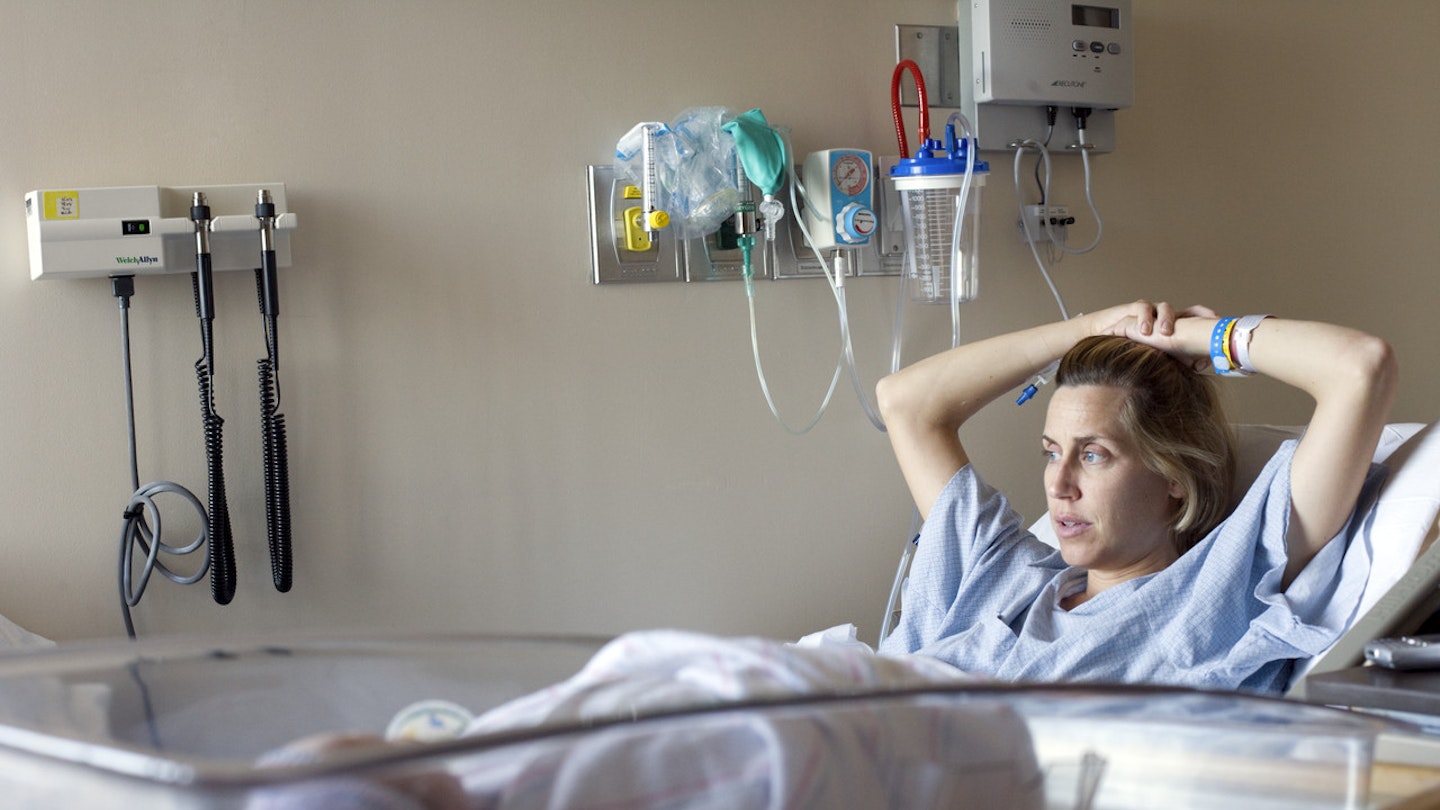A heavy period-like bleed is normal after giving birth, but if you bleed too much you may require special treatment
What is it?
Postpartum bleeding or haemorrhage (PPH) is excessive bleeding after your baby is born and happens in the third stage of labour. It isn’t something you should have to worry about as it isn’t common, but it’s been found to be linked to age (over 40s are more prone to it) and body mass index.
After you’ve had your baby, bleeding is normal, but this amount should lessen each day. If it doesn’t, let a medical professional know.
‘Typically a woman loses about a pint of blood after a normal vaginal birth,’ explains Dr Michael Heard, consultant obstetrician. ‘After a C-section, a woman can lose up to two pints of blood but when a woman loses this amount from a vaginal delivery or more than this amount from a C-section then it could point to PPH.’
If you’re finding that your sanitary pads are soaked through every hour or so then you should ask your GP for advice.
The condition can occur from a lack of contractions in the womb, which is the most common cause
There are two types of PPH – primary and secondary. The first type is the most common and is obvious within 24-hours of giving birth due to the amount of blood loss.
‘The condition can occur from a lack of contractions in the womb, which is the most common cause,’ explains Dr Heard. These contractions help to seal the blood vessels on the uterine wall, stopping bleeding and so if these contractions don’t occur then you may experience blood loss.
Your womb may be too tired to act as it should – after all, it’s a muscle like any other that gets worn out. And labour has to be the most gruelling workout of all time!
‘PPH can also be the result of a traumatic birth or an infection,’ Dr Heard continues.
The second type of PPH happens between 24-hours and 12 weeks after giving birth. It’s not such a great amount of blood loss in a short space of time as primary PPH is constant loss and is usually due to placenta remains still being inside.
How is it prevented?
During your labour you should frequently be given prophylactic oxytocics, which stimulate contractions and help to push the placenta out, reducing the risk of postpartum haemorrhage by up to 60 per cent.
How is it treated?
What treatment you undergo will depend on how severe your case of PPH is.
‘Rather than looking at figures, PPH is normally treated on how the patient feels,’ says Dr Heard. ‘In rare scenarios, a blood transfusion may be done which is incredibly safe and will top your blood levels back up.’
In cases of secondary PPH, surgery may be required to remove the remainder of the placenta, if it doesn’t pass naturally.
Approximately one in 1,000 women need a hysterectomy to stop PPH – but this is only ever a last resort.
